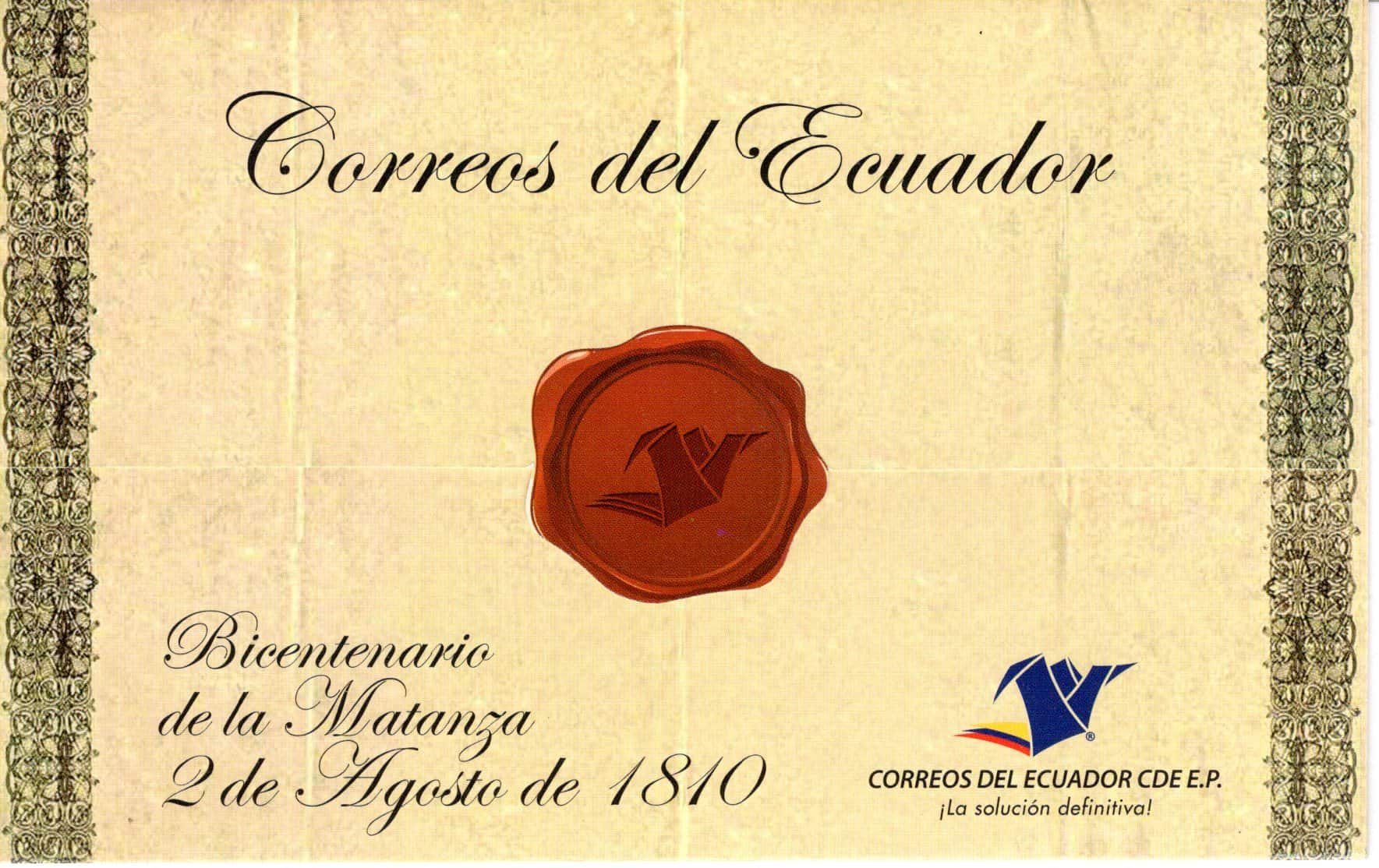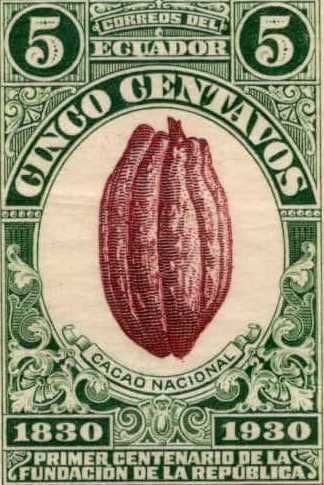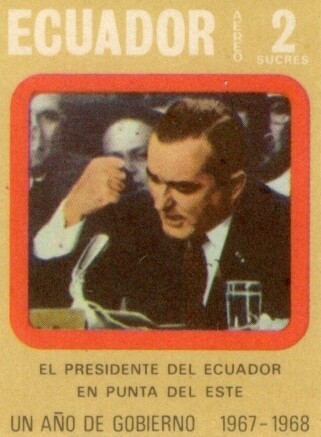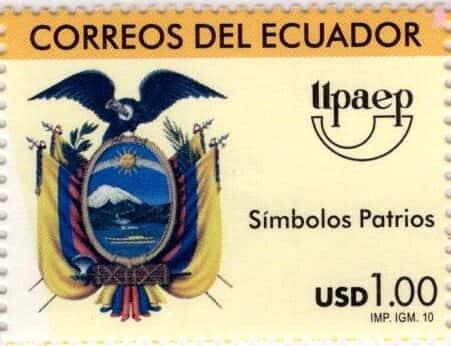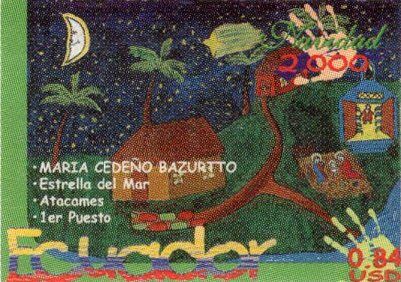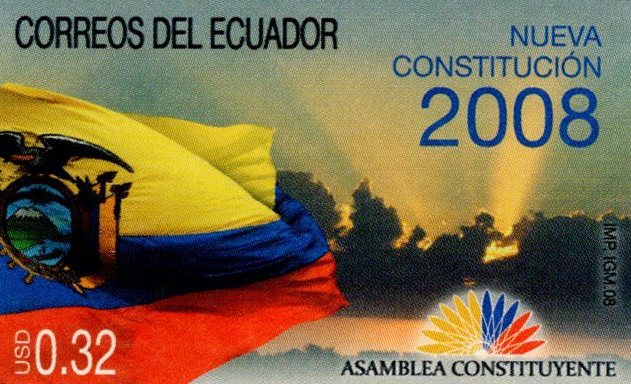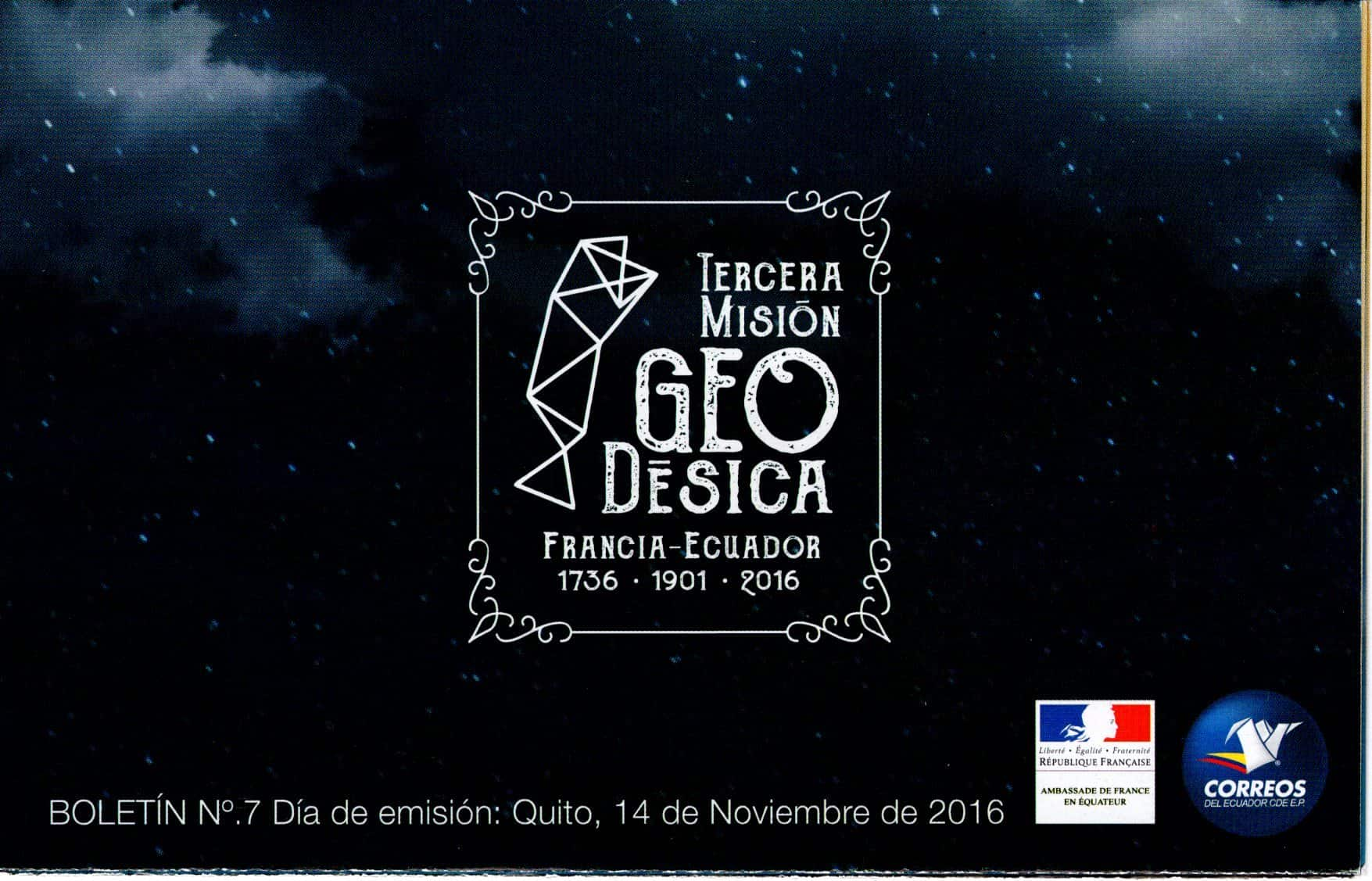Bicentennial of the 2nd of August of 1810 Massacre
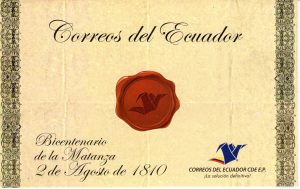
On August 10, 1809, the town of Quito witnessed what would later be called the “First Cry of Independence”. That day, after relieving Count Ruiz de Castilla of his duties, the government of the Sovereign Council was proclaimed. The council was composed of Juan Pío Montúfar, Marquis of Selva Alegre, as President; Bishop José Cuero y Caicedo as Vice President; and three Secretaries of State: Juan de Dios Morales, Manuel Rodríguez de Quiroga, and Juan Larrea.
This movement had its origin in political, economic, and social events that occurred in the late 18th and early 19th centuries, both in Spain and in America.
• Bourbon Reforms or the Spanish crown’s attempt to regain total administrative control over its colonies, which included some economic modifications that affected the general population.
• Liberal currents of thought that influenced the attitude of certain sectors in America.
• French invasion of Spain.
• Uprisings against Joseph Bonaparte in Madrid and Aranjuez.
• Formation of Junta committees in Spain and America, in support of Ferdinand VII and against the French.
The Sovereign Junta achieved several economic reforms such as the reduction of property taxes, the abolition of debts, and the suppression of tobacco and liquor monopolies; however, it did not succeed in obtaining support for its continuity from the neighboring towns of Quito due to its autonomist profile, so it barely lasted for three months.
Count Ruiz de Castilla reassumed command on October 29, reintroducing the taxes and monopolies. This was the first step towards a “return to legality,” followed by the signing of “capitulations” or agreements between the members of the Junta and the President of the Audiencia not to prosecute the insurgents.
The agreement was not fulfilled, and the troops sent from Peru by Viceroy Abascal and commanded by Manuel Arredondo began persecuting the revolutionaries. On December 4th, many of the perpetrators of the events were arrested. The death penalty was requested for 46 people and imprisonment or exile for many others.
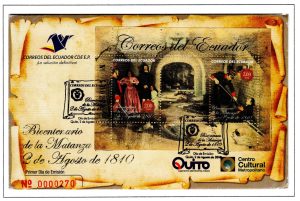
The abuses and repression by Arredondo’s troops against the population of Quito led people to unite against the government. On August 2, 1810, a crowd stormed the barracks where the authors of the 1809 insurrection were detained, determined to free the prisoners. In response to the alarm, the royalist soldiers brutally killed the detainees.
Thirty-two patriots from the 1809 uprising were killed in their cells, including Juan de Dios Morales, Manuel Rodríguez de Quiroga, and Juan Larrea. The violence escalated, and the bodies of soldiers and civilians were left in the streets, squares, and ravines, totaling around three hundred victims. The city was a more depressing scene than it had ever been before.
The brave intervention of Bishop José Cuero y Caicedo was able to stop the massacre and vandalism.

